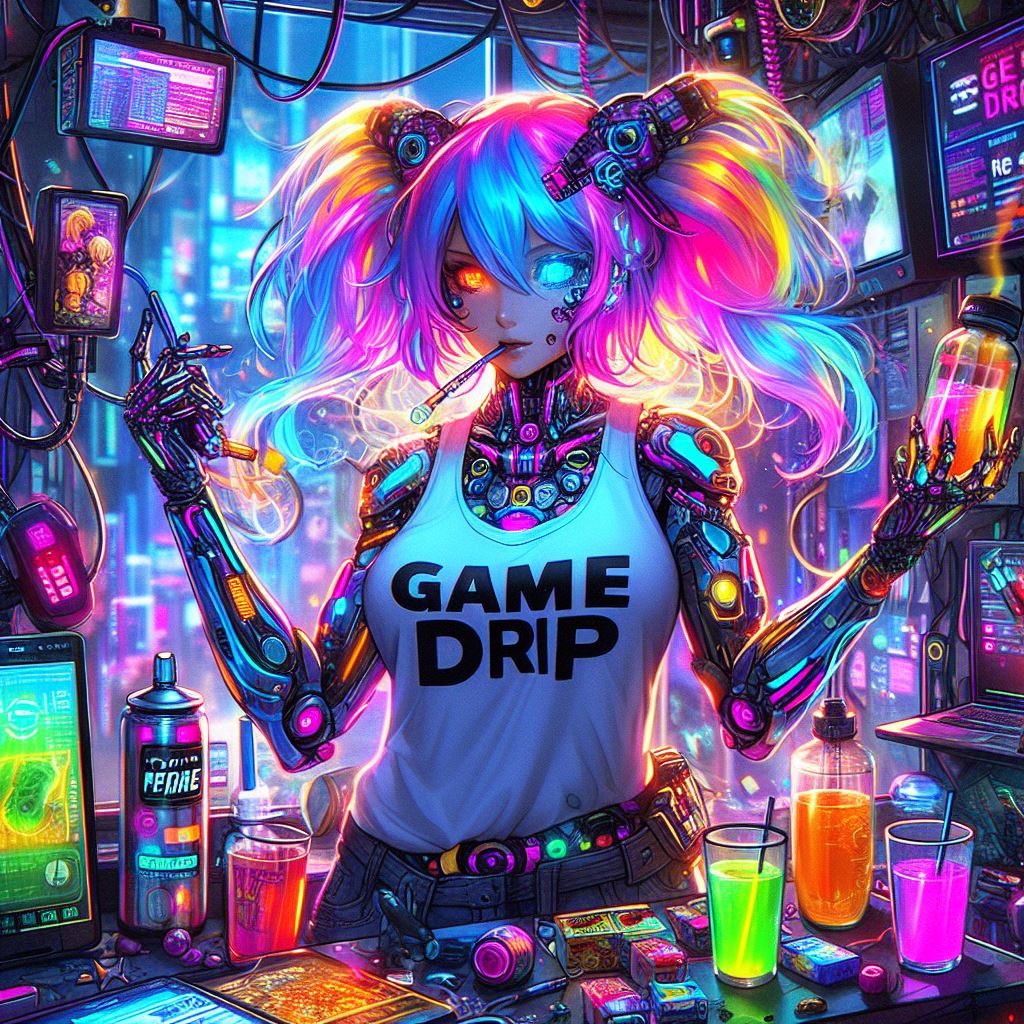As featured on Minecraft Servers Listing
#SmithCraft #Survival #MCMMO #Community #Events #Free #Giveaways #Lite #Economy #Java
![SmithCraft Survival | MCMMO, Community Events, Free Giveaways, Lite Economy | [Java]](https://game-drip.com/wp-content/uploads/img/gamedrip-news-top-8597.jpg)
Discord: https://discord.gg/6mZ67Xg9HE
Welcome to SmithCraft, the ultimate survival Minecraft
server where creativity, collaboration, and relaxation converge to offer
you an unparalleled gaming experience. Designed for players who crave
the authentic feel of Minecraft but with an exciting twist, SmithCraft
seamlessly blends the beloved vanilla gameplay with innovative mods that
enhance your adventure without detracting from the core essence of the
game. Whether you’re a seasoned builder, a redstone engineer, or a
newcomer eager to explore, SmithCraft invites you to dive into a world
of endless possibilities.
### A Sanctuary for Builders and Dreamers
At
SmithCraft, the heart of our community is the joy of building and
creating. Our expansive landscapes are dotted with incredible
player-made structures, from towering castles to cozy cottages,
intricate pixel art to sprawling cities. With a plethora of biomes and
diverse terrain, you have the perfect canvas to bring your architectural
dreams to life. The added mods introduce new materials, tools, and
design elements, giving you even more ways to express your creativity
while still maintaining that classic Minecraft feel.
### Collaboration and Community
![SmithCraft Survival | MCMMO, Community Events, Free Giveaways, Lite Economy | [Java]](https://game-drip.com/wp-content/uploads/img/gamedrip-news-popular-8861.jpg)
One
of the standout features of SmithCraft is its vibrant and friendly
community. We believe that the best Minecraft experiences are shared,
which is why we’ve cultivated an environment where collaboration is
encouraged and friendships flourish. Join forces with fellow players to
tackle ambitious building projects, form alliances to explore distant
lands, or simply gather around a virtual campfire to share stories and
strategies. Our active Discord server is the perfect place to stay
connected, plan events, and get help when you need it.
### Exciting Mods, Authentic Feel
While
SmithCraft offers a range of fun mods to enrich your gameplay, we’ve
carefully curated these additions to ensure they complement rather than
overshadow the original game. These mods introduce new adventures,
challenges, and tools that enhance your survival experience. Whether
it’s new mobs that test your combat skills, unique items that streamline
your building process, or innovative mechanics that add depth to your
resource management, each mod is chosen to keep the gameplay fresh and
engaging while still feeling like classic Minecraft.
### Why Join SmithCraft?
– Relax and Unwind:
SmithCraft is designed to be a relaxing escape where you can unwind and
enjoy the game at your own pace. There’s no rush, no pressure, just
endless opportunities to create and explore.
– A Supportive Community:
Our players are our greatest asset. From helpful veterans to welcoming
newcomers, the SmithCraft community is always ready to lend a hand or
share a laugh.
– Consistent Updates: We regularly
update our server with new content, events, and improvements based on
player feedback to keep the experience exciting and enjoyable.
– Diverse Gameplay:
With a balance of vanilla and modded elements, SmithCraft offers varied
gameplay that caters to all types of players, ensuring there’s always
something new to discover.
– Events and Challenges:
Participate in regular community events, building contests, and survival
challenges that bring players together and foster a sense of
camaraderie.
![SmithCraft Survival | MCMMO, Community Events, Free Giveaways, Lite Economy | [Java]](https://game-drip.com/wp-content/uploads/img/gamedrip-news-popular-4139.jpg)
### Final Thoughts
SmithCraft is more than
just a server; it’s a home for Minecraft enthusiasts who want to relax,
build, and connect. If you’re looking for a place where creativity is
celebrated, friendships are forged, and every player feels like part of
the family, SmithCraft is the perfect destination. Join us today and
discover why so many players choose SmithCraft as their Minecraft home.
Together, we’ll build something amazing.
Come and be part of the SmithCraft legacy. Your adventure awaits!




















![SmithCraft Survival | MCMMO, Community Events, Free Giveaways, Lite Economy | [Java]](https://game-drip.com/wp-content/uploads/img/gamedrip-news-best-2181.jpg)